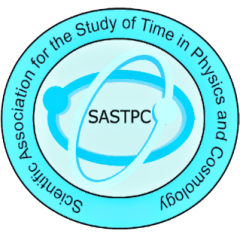Today, May 19, the LIGO Scientific Collaboration (“LSC”) dedicates its second-generation gravitational-wave detectors (“aLIGO”) in a ceremony at the Hanford detector site. Researchers at the Max Planck Institute for Gravitational Physics have made significant contributions in key areas:
- Custom-made high-power laser systems required for the high-precision measurements
- Efficient data analysis methods running on powerful computer clusters
- Accurate waveform models to detect gravitational waves and extract astrophysical information.

The Albert Einstein Institute (“AEI”) is a leading partner in the international gravitational-wave science community, and its researchers push the boundaries of science on the way to the first direct detection of gravitational waves. This will shed new light on the otherwise invisible “dark” side of the Universe and mark the beginning of gravitational-wave astronomy.
Gravitational waves are a predicted consequence of the general theory of relativity, but have not yet been directly observed. According to the theory, accelerated motions of large masses create space-time…
View original post 182 more words



Thanks for posting.
LikeLiked by 1 person